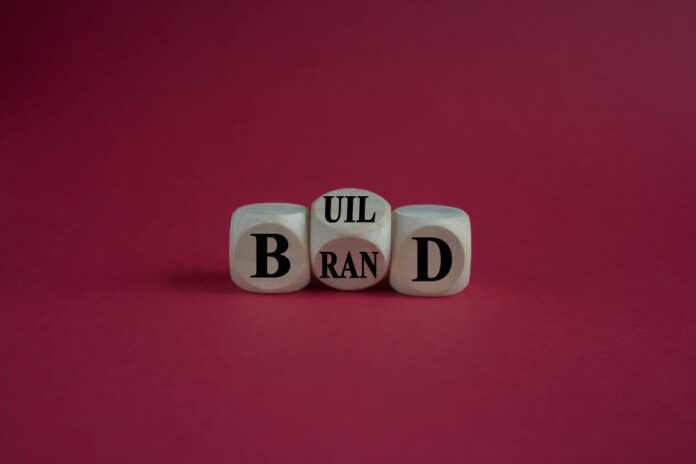When we think of branding, our minds often jump to vibrant logos, catchy slogans, or distinct color palettes. Yet, there’s an unsung hero in the world of branding – the font.
Fonts, often taken for granted, are potent tools that can amplify a brand’s message, evoke specific emotions, and significantly influence consumer perceptions. Unfortunately, not all brand owners know this.
In this article, we will be diving deep into the world of typography to help you understand how fonts shape a brand’s narrative and emotional landscape. Just keep reading!
The Emotional Power of Fonts
Every font carries an inherent emotional weight. For instance, Serif fonts, with their little ‘feet’ or ‘tails’ at the end of each letter, often evoke feelings of trustworthiness, tradition, and reliability. This is why they are commonly used for prestigious newspapers and academic texts.
Sans-serif fonts, on the other hand, are characterized by clean and straightforward lines. They communicate modernity, simplicity, and approachability, making them a favorite for tech companies and startups.
Then, there are the decorative and display fonts that are unique, funky, and full of character. These are perfect for businesses wanting to stand out and express creativity but must be used judiciously to avoid overwhelming the audience.
Fonts Tell a Story
Beyond evoking emotions, fonts also tell a story. A brand that uses a vintage, script font might be communicating its rich history and commitment to traditional values.
On the flip side, a brand that employs a sleek, minimalist font might be signaling its forward-thinking approach and emphasis on innovation.
Consider Disney’s whimsical and recognizable font, which encapsulates the magic and imagination the brand embodies. Or take the bold, impactful font of The New York Times, which establishes the publication’s authority and credibility.
Consistency is Key
Asia Media Studio, an advertising agency in Bangkok suggested that maintaining consistency in font choice across all brand touchpoints is crucial. Whether it’s your website, business card, or marketing collateral, the font should be uniform.
This consistency not only helps in reinforcing the brand identity but also ensures that the brand’s message and emotional undertone remain stable across different mediums.
The Impact of Font Size and Spacing
The influence of fonts isn’t just limited to their design. How they’re presented – in terms of size, weight, and spacing – can dramatically impact the brand’s message. Larger fonts command attention and can emphasize the importance of a particular message. Conversely, smaller fonts can create a sense of subtlety or detail.
Similarly, the spacing between letters and lines can affect readability and the overall mood of the text. Tight spacing might convey urgency or modernity, while more generous spacing can give a luxurious and airy feel.
Adapting to the Digital Age
With the proliferation of digital devices, it’s essential for brands to choose fonts that are legible on various screens. Fonts that look beautiful on a billboard might not necessarily translate well on a smartphone. Responsive typography, which adjusts according to the device, is becoming increasingly vital in the digital age.
Final Note
The power of fonts in shaping a brand’s message and evoking emotion cannot be overstated. They are silent communicators, working behind the scenes to reinforce brand identity, communicate core values, and resonate with the target audience on a deeply emotional level.
As brands continue to vie for consumer attention, those that harness the subtle art of typography will undoubtedly stand out in the crowd.
















